In the vibrant tapestry of nature, the world is teeming with creatures that intrigue and astound us. Yet, even the most curious among us can overlook the lurking dangers of seemingly innocuous insects. Don’t be fooled by their delicate wings or pretty exteriors; some of these bugs are far more deadly than they appear. Let’s unravel the dark secrets of these tiny terrors that could bring an unexpected end to your adventurous spirit.
1. The Killer Kissing Bug
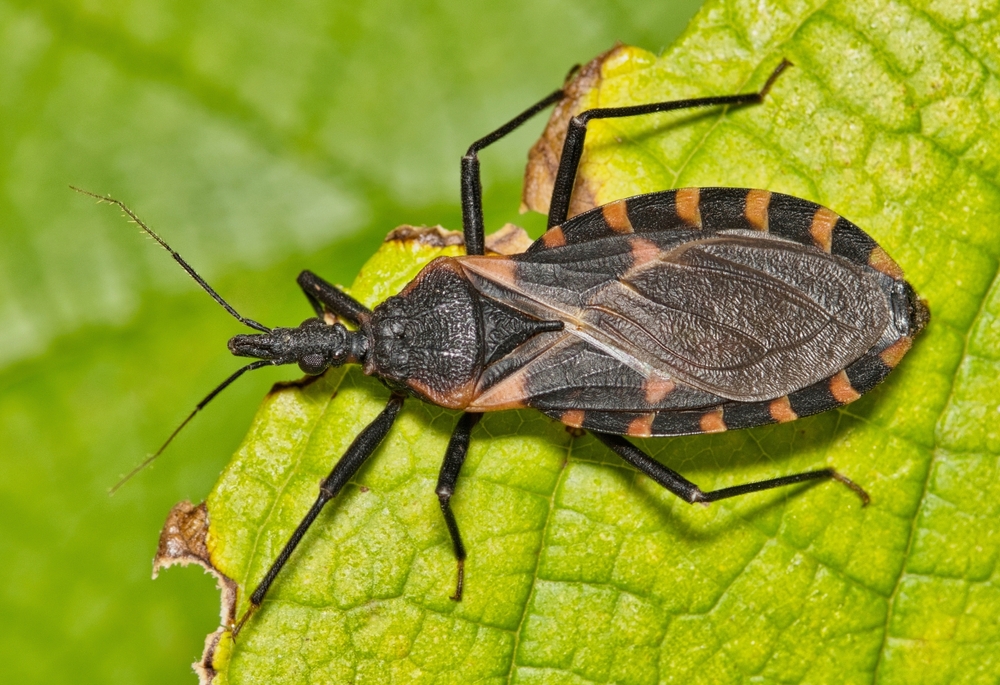
Imagine you’re drifting into a peaceful slumber when a silent nightmare makes its way to your bedside. The kissing bug, innocently named yet terrifyingly lethal, is a master of disguise, blending into its surroundings. It carries a parasite that causes Chagas disease, a stealthy killer that can lead to heart failure if untreated. According to Dr. Susan Montgomery from the CDC, over 300,000 Americans are currently infected, often without knowing it.
You might assume that an insect with such an affectionate name would pose little threat. However, this six-legged heartbreaker has a knack for delivering a deadly kiss. It feeds on human blood, typically around your unsuspecting lips, and leaves behind a parasite that could stay silent for years. When symptoms finally surface, they can cause severe complications, making this bug a true danger wrapped in a misleading name.
2. The Deadly Brazilian Wandering Spider
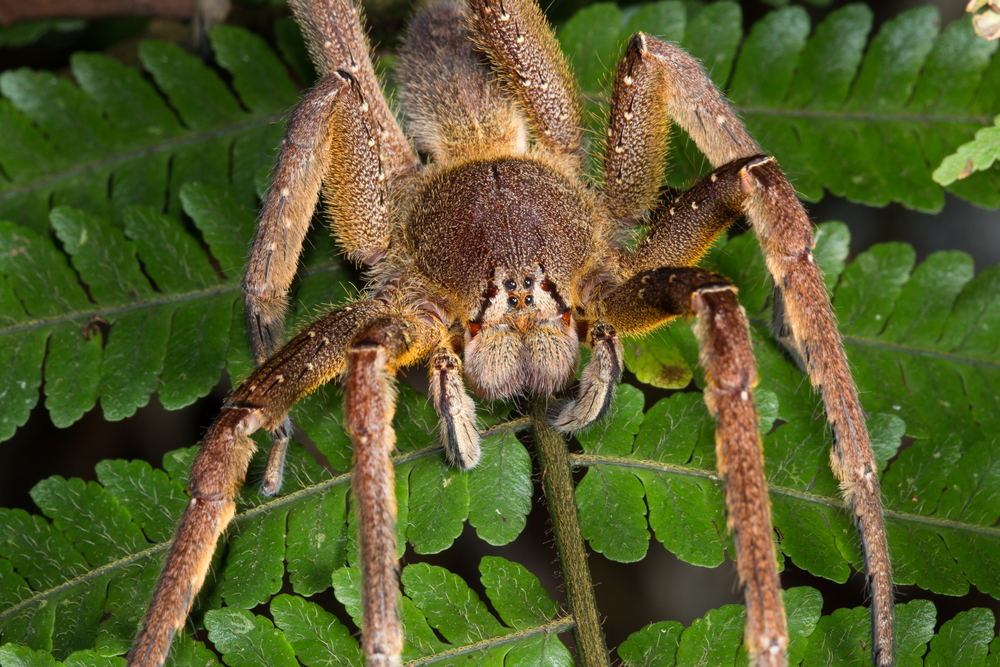
Behind the facade of a typical arachnid lies a creature known to deliver an agonizing bite. The Brazilian wandering spider, with its unsettling ability to wander into homes, is one of the most venomous spiders on the planet. Its venom can cause intense pain, loss of muscle control, and eventually, death. This spider doesn’t wait for an invitation; it boldly intrudes into human spaces, turning a simple household encounter into a potentially fatal meeting.
You may be going about your day, blissfully unaware that this arachnid is lurking nearby. Its aggressive nature and venomous bite are a lethal combination. Unlike many spiders that scuttle away at the first sign of danger, this one stands its ground, ready to defend itself fiercely. The encounter might be brief, but the effects of its bite can linger much longer, leaving behind a trail of destruction in its wake.
3. The Insidious Tsetse Fly

Beneath the African sun, the tsetse fly buzzes innocently until it lands a deadly blow. This small creature transmits trypanosomiasis, or sleeping sickness, a disease that affects thousands of people each year. A bite from this seemingly ordinary fly can lead to severe neurological symptoms, ultimately resulting in death if untreated. Researchers at the World Health Organization highlight that control measures have reduced the disease, yet it still poses significant threats in endemic regions.
As you explore the wild beauty of Africa, the tsetse fly awaits its unsuspecting victims. It doesn’t discriminate between tourist and local, preying on anyone it can. While it may go unnoticed at first, the symptoms of sleeping sickness can quickly escalate, leading to confusion and lethargy. This tiny pest is a reminder that sometimes the biggest threats come in the smallest packages.
4. The “Murder” Asian Giant Hornet
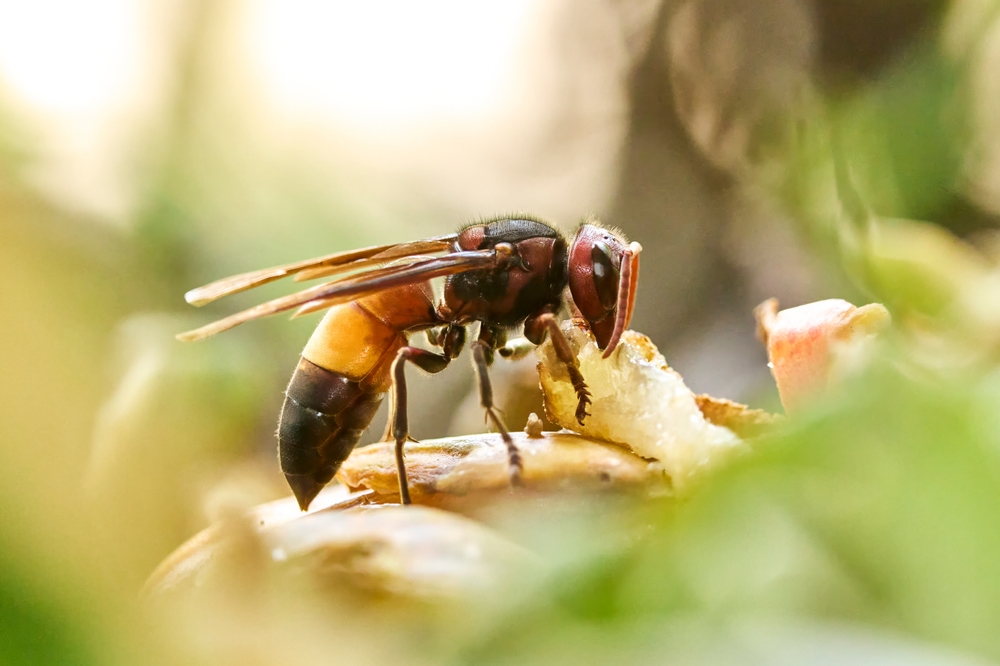
Known colloquially as the “murder hornet,” this insect from East Asia has a reputation that precedes it. With a stinger capable of piercing protective clothing, the Asian giant hornet delivers a venomous cocktail that can cause organ failure. Its aggressive nature and powerful sting have been linked to multiple fatalities each year. When this hornet attacks, it does so with a vengeance, targeting its victim with precision and deadly intent.
You might encounter this hornet while seeking solace in nature, only to find that your retreat turns into a showdown. Unlike bees, which sting defensively, this hornet goes on the offensive, especially when it feels threatened. A single encounter could lead to anaphylactic shock or worse. Its presence is a stark reminder that nature, while beautiful, can also be ruthlessly unforgiving.
5. The Stealthy Assassin Bug
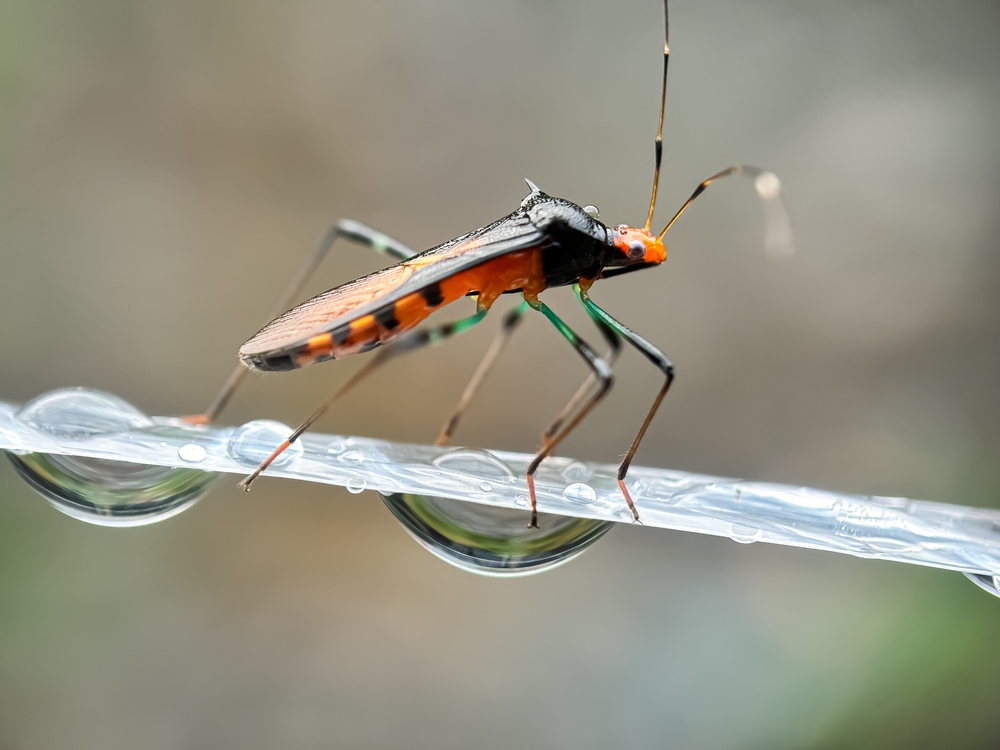
In the shadowy corners of your garden, the assassin bug lies in wait, its name a harbinger of its deadly potential. With a penchant for camouflage, this insect immobilizes prey with a potent toxin that liquefies their insides. Though it primarily targets other insects, a bite from an assassin bug can cause severe allergic reactions in humans. Entomologist Dr. George Poinar warns that its stealth and precision make it a formidable foe despite its size.
While tending your plants, the assassin bug could view you as its next opponent. It moves with the grace of a dancer, yet strikes with the precision of a trained killer. Its bite is painful but it’s the reaction that follows which should be feared. In the realm of garden predators, this bug stands out not just for its lethal methods, but for its chilling effectiveness.
6. The Venomous Blue-Ringed Octopus
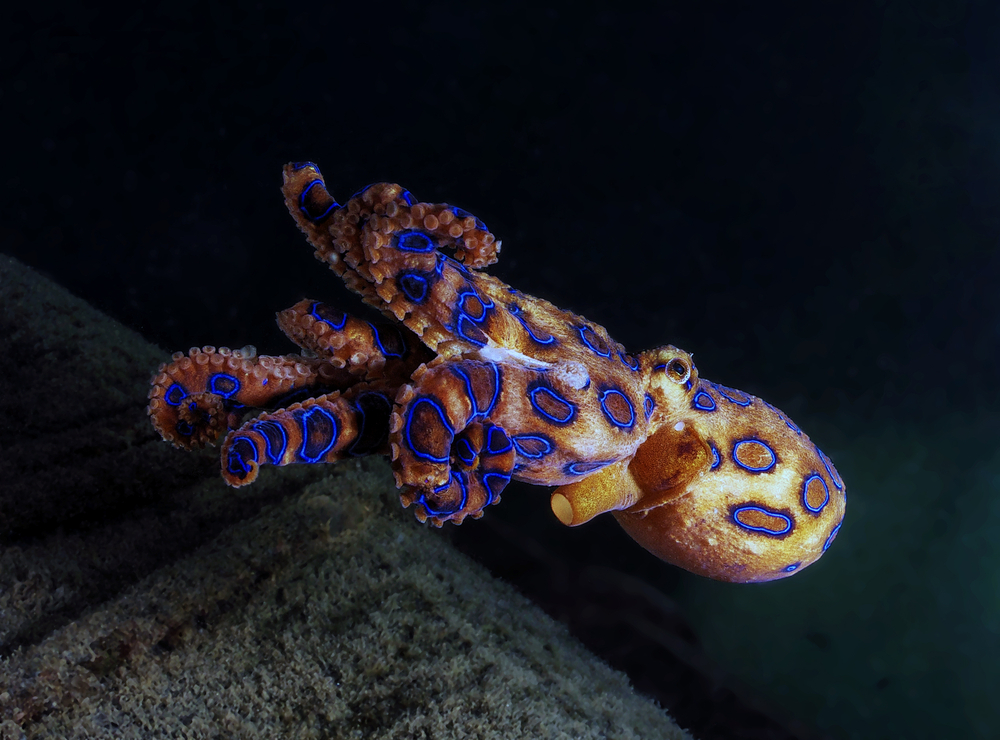
Don’t be fooled by the mesmerizing patterns of the blue-ringed octopus, a marine marvel with a dark side. Its vibrant blue circles warn of the neurotoxic venom that can lead to respiratory failure within minutes. Found in the tide pools of the Pacific Ocean, this small creature packs a punch that belies its size. Touch it, and you might find yourself gasping for breath as paralysis sets in.
The sight of its shimmering rings might captivate your curiosity, drawing you closer. However, this is a classic case of beauty concealing danger. One bite from this octopus is all it takes to send you into a life-threatening situation. It’s a stark reminder that in the natural world, appearances are often deceiving, and the real threat lurks beneath the surface.
7. The Deceptive Cone Snail
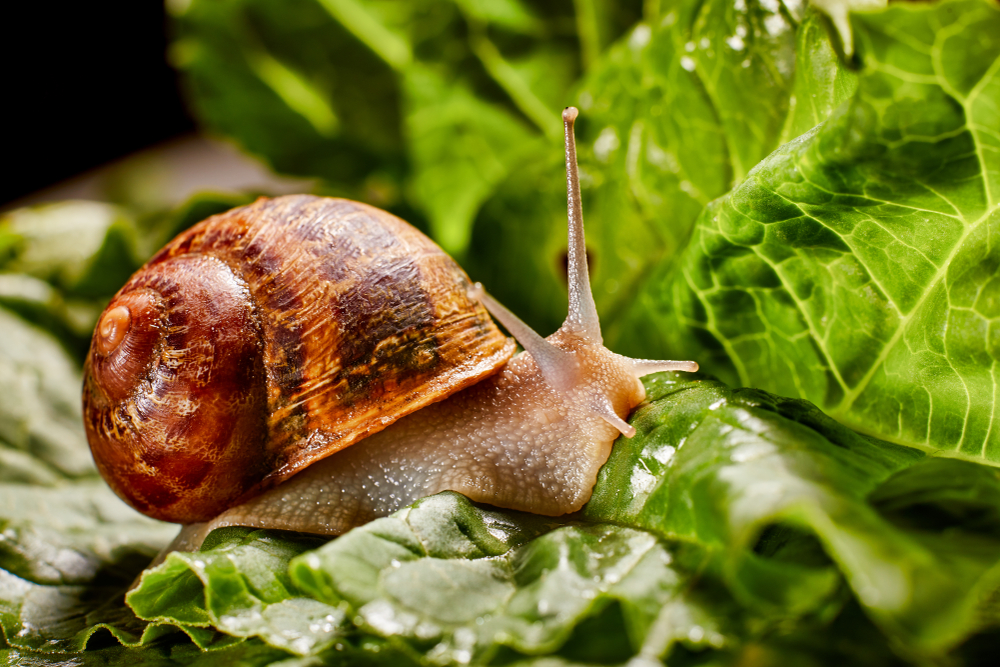
Glistening in the shallow waters, the cone snail appears serene but harbors a deadly secret. Its venom, delivered through a harpoon-like tooth, is potent enough to kill a human in mere hours. According to research published in the journal “Toxicon,” its venom contains a cocktail of toxins that can cause paralysis and respiratory failure. The snail’s beautiful shell might tempt you to reach out, but that could be your final, fatal mistake.
In the tranquil underwater world, the cone snail moves with quiet confidence. Its ability to incapacitate prey quickly makes it a fearsome hunter. Although it’s not aggressive towards humans, a chance encounter can have dire consequences. The lesson here is clear: the ocean is full of wonders, but also dangers, waiting to test the unwary adventurer.
8. The Unassuming Box Jellyfish
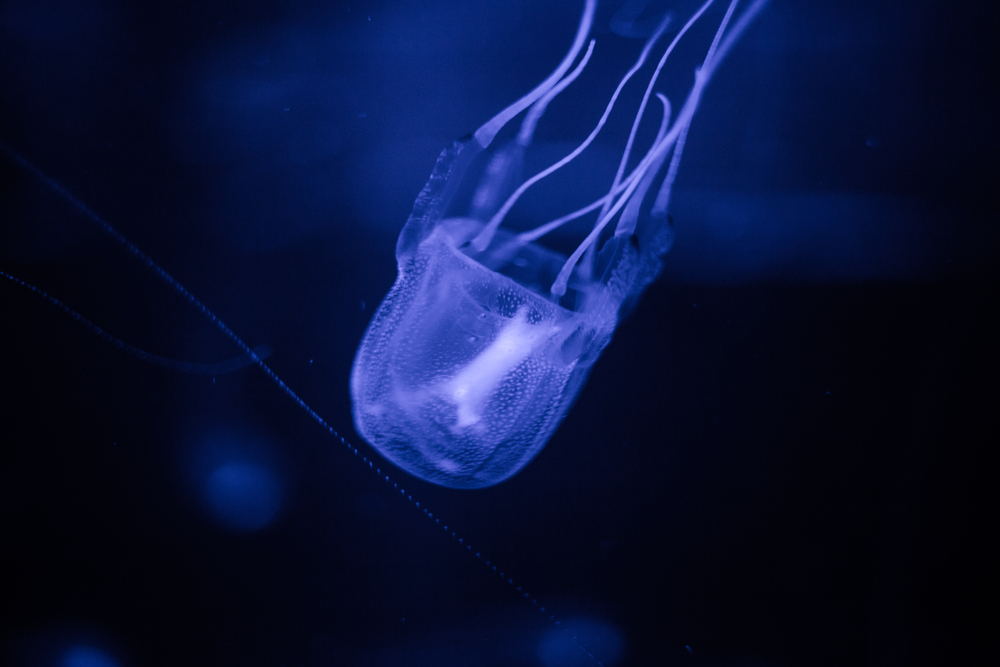
In the sparkling waters off the coasts of Australia and Southeast Asia, the box jellyfish glides with ghostly elegance. But beware—its graceful tentacles are laced with venom that can cause cardiac arrest in moments. This jellyfish doesn’t need to chase its victims; its tentacles extend long enough to catch unaware swimmers. The pain from its sting is excruciating, a visceral reminder of its lethal capabilities.
As you revel in the ocean’s embrace, you may not notice the silent approach of this aquatic killer. Unlike other marine predators, the box jellyfish remains nearly invisible until it’s too late. Its venom acts swiftly, overwhelming the body with pain and shutting down vital organs. This jellyfish is nature’s silent assassin, a reminder of the ocean’s unparalleled power.
9. The Deadly Black Widow Spider

The black widow spider, with its iconic red hourglass marking, is a master of silent terror. While its bite is rarely fatal due to medical advances, it can still deliver a punch of venom that causes intense pain. Nestled in dark corners, this spider waits patiently for its prey, striking with precision. For those who stumble into its web, the encounter can quickly become a nightmare of muscle cramps and spasms.
In the dim lighting of a shed or basement, you might unknowingly trespass into the black widow’s domain. Its predatory nature and quick reflexes turn your misstep into its opportunity. Though small in size, the impact of its venom is outsized, leaving you writhing in discomfort. This arachnid teaches us that sometimes, danger lies in the places we least expect.
10. The Lethal Stonefish
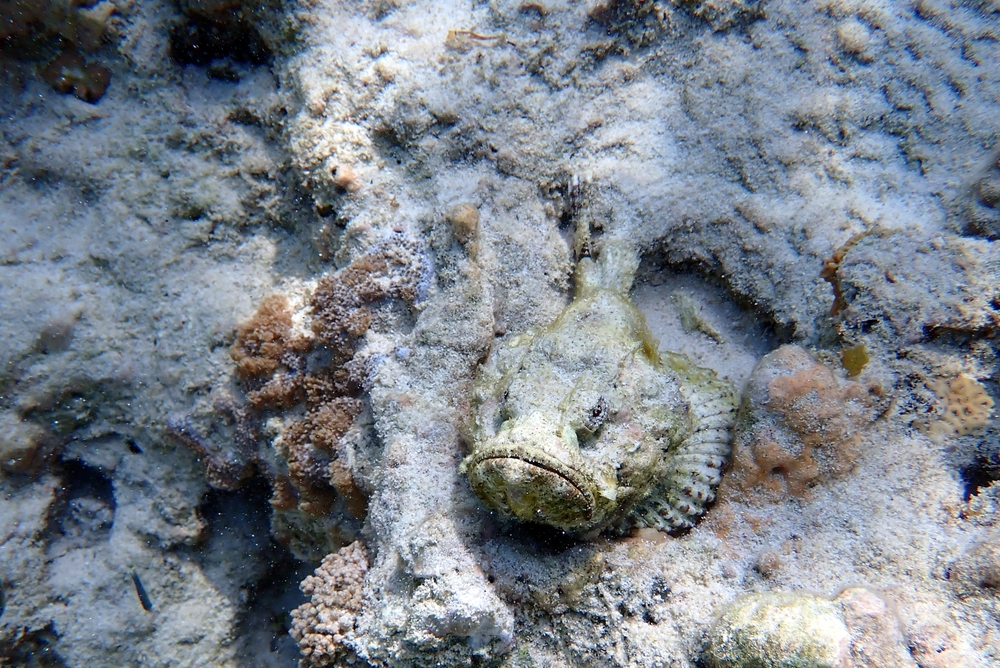
Camouflaged against the ocean floor, the stonefish is an expert at blending in while waiting to ambush its prey. Its venomous spines deliver a toxin that causes excruciating pain and can ultimately be fatal. Many unsuspecting swimmers have stepped on this hidden menace, only to find themselves in a desperate race for medical attention. The stonefish’s stealth and lethality make it a formidable foe in the ocean’s depths.
You might swim right past this underwater assassin without a second glance. Locked in the beauty of the coral reefs, the stonefish remains motionless, an expert in deception. Yet, one wrong step can send a jolt of agony through your body, reminding you of its presence. It’s a harsh lesson in the dangers of the ocean, where the beautiful and deadly often coexist in silence.
11. The Disease-Carrying Mosquito
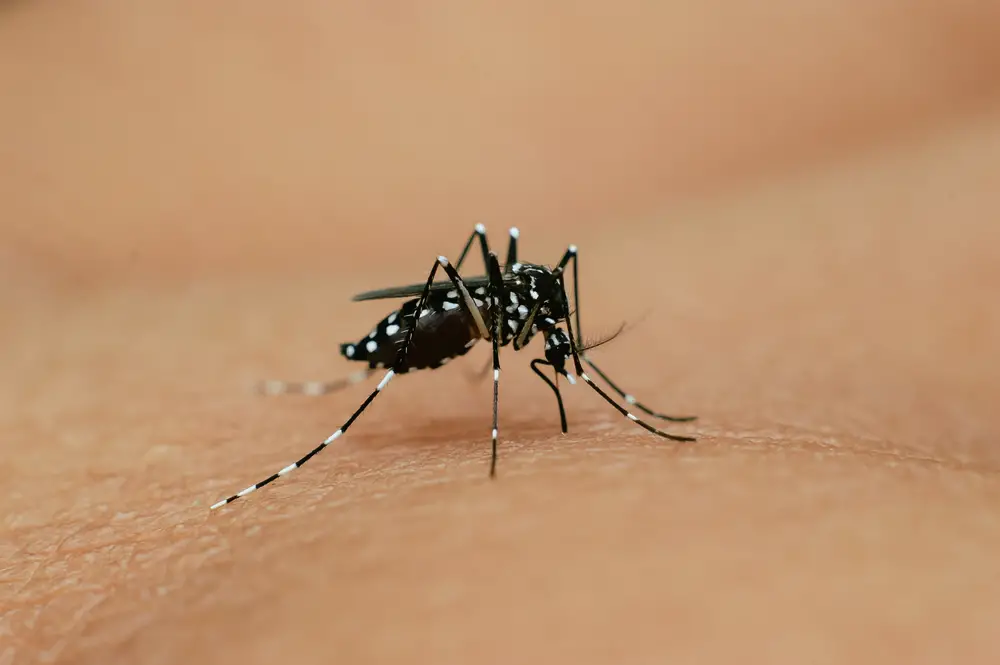
The familiar buzzing of a mosquito is a sound you’ve likely grown to ignore, but perhaps you should reconsider. This tiny insect is a vector for a host of deadly diseases, including malaria, dengue, and Zika. Each year, millions fall ill, with many succumbing to these mosquito-borne illnesses. Its bite is a reminder that even the smallest creatures can wield the power of life and death.
While swatting away a mosquito, you might underestimate its potential to cause harm. Yet, this minuscule pest has a far-reaching impact on global health. It’s a battle we fight every summer, one that continues to challenge scientists and public health experts around the world. The mosquito’s ability to disrupt lives on such a grand scale is a testament to the power of nature’s tiniest warriors.
12. The Nasty Fire Ant
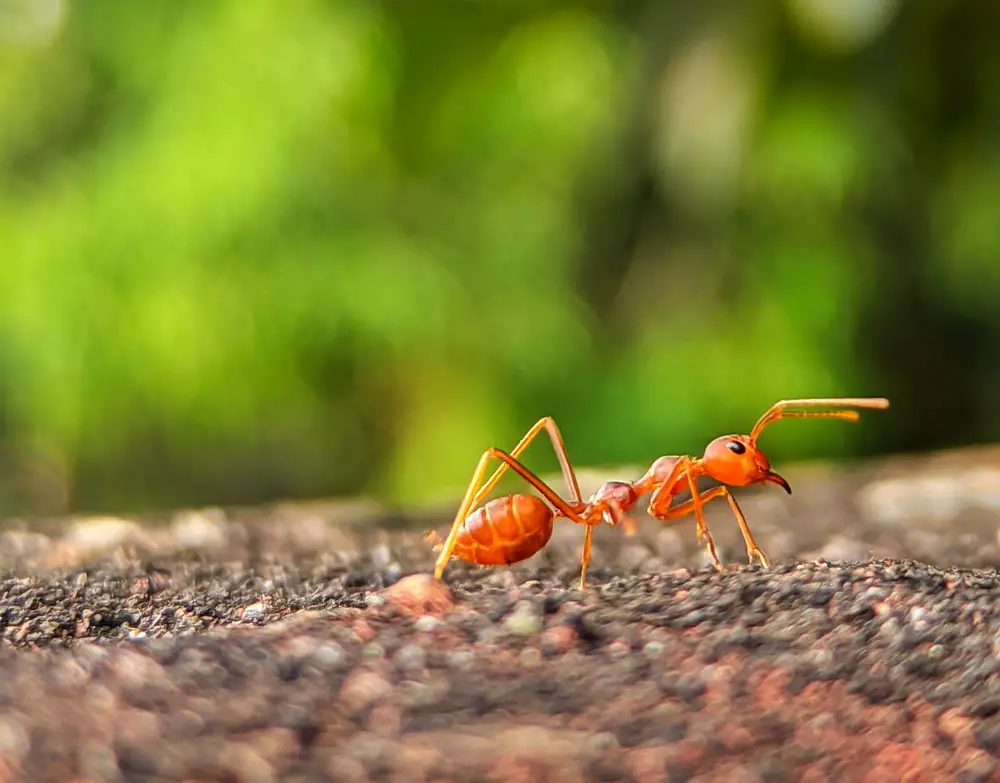
Beneath the soil, the fire ant waits with an army of defenders ready to unleash their fiery wrath. Their sting, while not instantly deadly, injects venom that can cause severe allergic reactions known as anaphylaxis. For those allergic to their venom, a simple walk through infested areas can turn into a life-threatening situation. These ants move with military precision, a force to be reckoned with in the battle for survival.
You might not notice their presence until it’s too late, their sting a sharp reminder of their existence. The fire ant is the embodiment of nature’s fury, small but unyielding in its attack. Its ability to mount a coordinated strike makes it a formidable adversary. When you tread on their territory, you come face to face with nature’s own militia, ready to defend at all costs.
13. The Sinister Bullet Ant
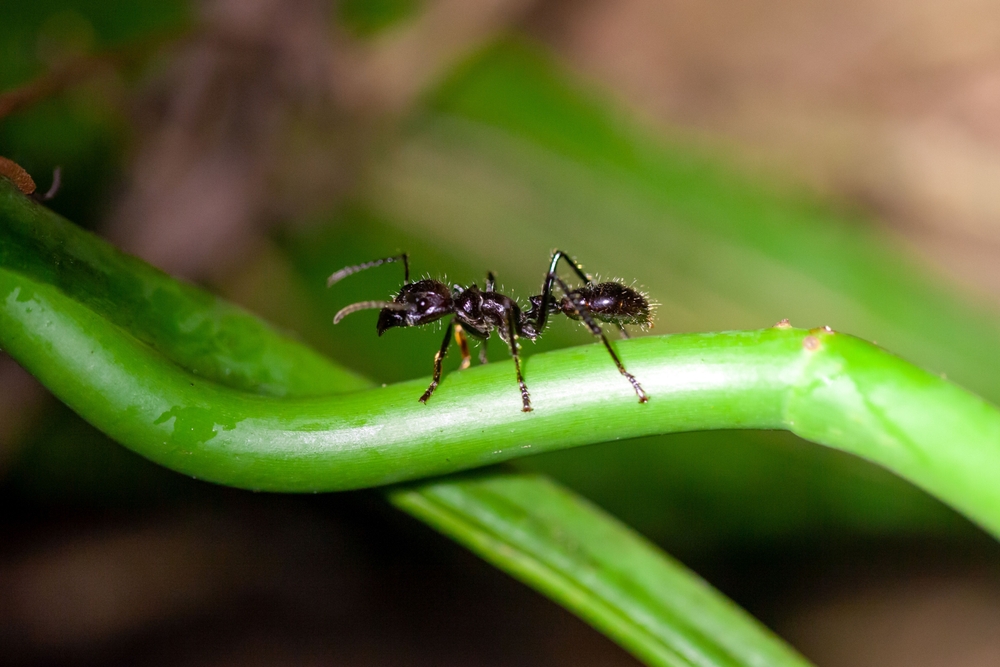
Perched on the trees of Central and South America, the bullet ant offers a sting that is considered one of the most painful in the insect world. Its venom feels like being shot, hence the name, and can lead to temporary paralysis. For indigenous tribes, this ant’s sting is a rite of passage, a testament to its formidable power. Yet, for the uninitiated, a brush with this ant can be an unforgettable, harrowing experience.
When you wander into the rainforests, the bullet ant becomes a silent sentinel, ready to defend its territory. Its sting is a test of endurance, a trial by fire for anyone unfortunate enough to cross its path. The pain is immediate and intense, a visceral reminder of the ant’s prowess. It’s a stark illustration of how the tiniest creatures can deliver the most profound lessons in humility and respect.
